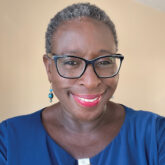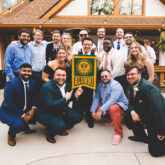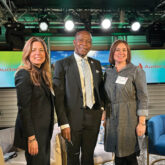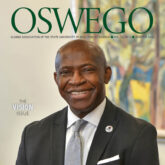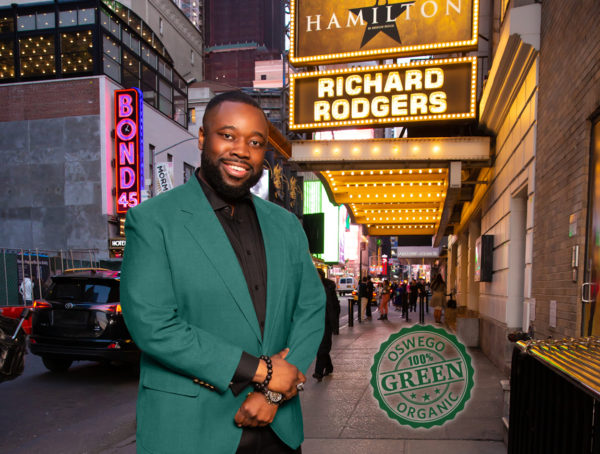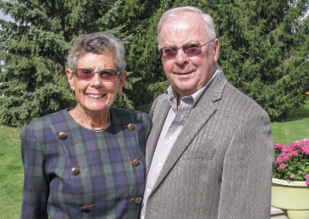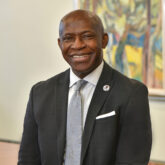A train passes by, a ship gets repaired, glass breaks, a band rocks out and an actor whispers an aside to the audience. If all goes well, audience members won’t think about—or even be aware of—the mechanics behind the sound.
“You work so hard to not be noticed,” says two-time Tony Award-winning Broadway sound designer Brian Ronan ’84. “If I’m doing my job, the sound will be appropriate to what’s going on, and the audience will get caught up in the action on stage.
“In American Idiot, we have a kick drum driving through your chest so you can really rock out,” Ronan says. “In Cabaret, we try to make you feel like you’re in a 1929 German night club by using natural amplification. But the sound designer’s main goal is to make sure that everyone can hear everything clearly.”
While the main goal of a sound designer hasn’t changed much, the methods and audience expectations have.
When Tom Morse ’74 started sound design for Broadway shows nearly four decades ago, the prop man would slam doors, break glass or fire dummy guns off-stage.
“Everything was done live,” Morse says. “Today, most of the sounds are taped. Technology has changed a lot.”
For example, instead of manually gauging acoustics within a theatre and relying on math and physics calculations, 21st-century sound designers have a wealth of computer programs and software to assess acoustics and map out sound within a theatre.
Morse also says audience members and theatre professionals have higher expectations about sound.
“And for $135 a ticket, I guess they should,” says Morse, who attends professional development courses and manufacturers’ workshops to stay abreast of the latest technology.
What audience members hear is only part of a sound designer’s work.
Most Broadway musicals have a closed-circuit video system with six or seven different cameras so that the stage manager can see everything and ensure safety during the elaborate scene transitions and set piece moves. Body microphones are hidden within wigs or costumes. Stagehands and crew members communicate behind the scenes on headsets or two-way radios.
Success in sound design requires collaboration with lighting and set design, costumes and wigs, stage crew and the director.
“It all comes down to real estate within the theatre: location, location, location,” Ronan says. “We all want the same space. Can we hang a speaker there or does the lighting designer want to hang a light there? Does the set design want to use this space?”
But that’s where their Oswego training kicks in, Morse says.
“I was taught how to approach design—all kinds of design—at Oswego,” he says. “That is something I use today and helps me work with other designers.”
And Ronan says his Oswego connections helped him thrive in New York.
“Tom Morse turned me on to sound design,” Ronan says. “He opened the door for me.”
Cue the door-opening sound. That’s the sound of success for Oswego alumni. l
—Margaret Spillett
You might also like
More from Alumni Profiles
Astrophysicist, Yale Professor Credits Oswego with Setting His Course for Stellar Career
Astrophysicist, Yale Professor Credits Oswego with Setting His Course for Stellar Career Earl Bellinger ’12 is one stellar guy. A quick review …
BHI Alumnus from Liberia Gains World of Experience
BHI Alumnus from Liberia Gains World of Experience Otis Gbala M’23 became the first SUNY Oswego graduate who studied from Liberia …
Couple’s Loyal Support for Oswego Spans Five Decades
Couple’s Loyal Support for Oswego Spans Five Decades Marilynn “Lynn” Nagy Farrar ’61 and Neil Farrar cherish their memories of Oswego …

